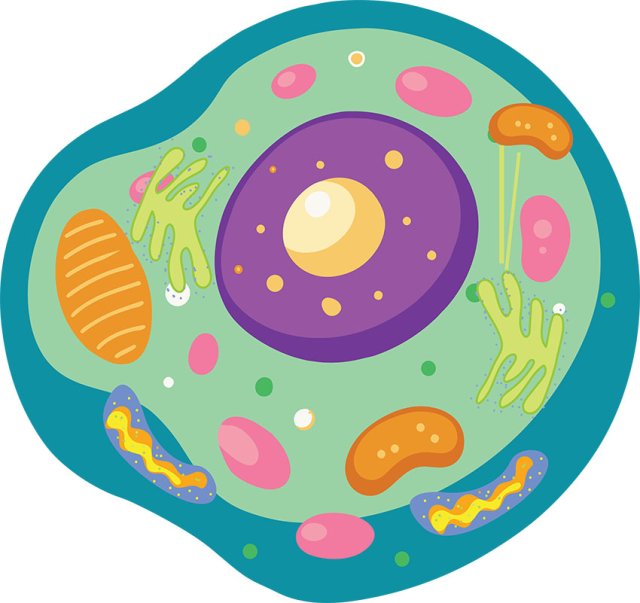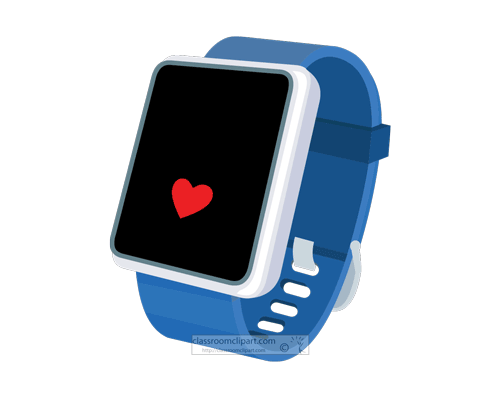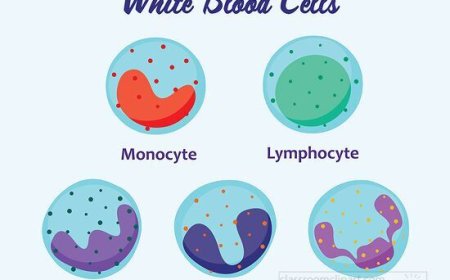Cells for Kids: The Ultimate Guide to Plant and Animal Cells Explained Simply
Learn all about cells in this kid-friendly encyclopedia! Discover plant and animal cell structures, how they work, and why they are the building blocks of life. Includes fun facts and interactive quizzes.

🔬 Biological Cells
Definition: A cell is the basic unit of life. All living organisms are made of cells. Found in: All living things—from bacteria to humans. Study of cells: Called cell biology or cytology.
🧠 What Is a Cell?
A cell is the smallest part of a living organism that can carry out all life activities. Cells are tiny building blocks of plants, animals, fungi, and bacteria. Some organisms are unicellular, others (like humans) are multicellular with trillions of cells. Cells take in nutrients, release waste, grow, reproduce, and respond to their environment.
🔍 Types of Cells
- Prokaryotic Cells: No nucleus; DNA floats freely; usually single-celled (bacteria); simpler and smaller.
- Eukaryotic Cells: Have a nucleus; found in plants, animals, fungi, protists; complex with specialized organelles.
🧬 Parts of a Cell (Organelles)
| Organelle | Function |
|---|---|
| Nucleus | Control center; holds DNA |
| Cell membrane | Outer covering; controls entry/exit |
| Cytoplasm | Jelly-like substance holding organelles |
| Mitochondria | Powerhouse; produces energy |
| Ribosomes | Make proteins |
| Endoplasmic reticulum (ER) | Transports materials; smooth ER makes fats, rough ER has ribosomes |
| Golgi apparatus | Packages and ships proteins |
| Lysosomes | Break down waste and damaged parts |
| Vacuole | Stores water, nutrients, waste |
| Cell wall | Supports plant cells |
| Chloroplasts | In plant cells; capture sunlight for photosynthesis |
🧬 Animal Cells vs. Plant Cells
| Feature | Animal Cell | Plant Cell |
|---|---|---|
| Cell wall | No | Yes |
| Chloroplasts | No | Yes |
| Shape | Round or irregular | Box-like |
| Vacuole size | Small | Large central vacuole |
Both types have a nucleus, cytoplasm, mitochondria, and more.
🧫 How Cells Work
Cells take in nutrients (oxygen, sugars), produce energy by respiration, build proteins, remove waste, divide (mitosis), and react to signals. Each cell acts like a self-contained factory.
🧱 From Cells to Organisms
Organization: Cells → Tissues → Organs → Organ Systems → Organism. Every complex being starts as a single cell.
🧪 How We Study Cells
Scientists use microscopes to see cells. The 1600s invention of the microscope led to cell theory.
📜 The Cell Theory
- All living things are made of cells.
- Cells are the basic units of structure and function.
- All cells come from existing cells.
🧠 Vocabulary Review
| Term | Meaning |
|---|---|
| Cell | Smallest unit of life |
| Nucleus | Part containing DNA |
| Organelle | Structure with a specific job |
| Prokaryotic | Cell with no nucleus |
| Eukaryotic | Cell with a nucleus |
| Mitosis | Process of cell division |
| Photosynthesis | How plant cells make food |
🌟 Fun Facts
- Your body has over 30 trillion cells
- Red blood cells live about 120 days
- The largest human cell is the egg cell
- Bacteria are the smallest cells; thousands fit on a pencil tip
- The word “cell” means “small room,” coined in 1665
📚 References
- National Institutes of Health – www.nih.gov
- Cells Alive! – www.cellsalive.com
- OpenStax: Biology for High School
- Visible Body – Cell Anatomy Explorer
- KidsHealth – www.kidshealth.org



















































